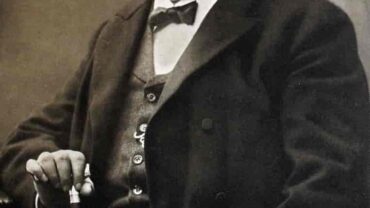Amino acid residue
amino acid residue (in a polypeptide) When two or more amino acids combine to form a peptide. The elements of water are removed, and what remains of each amino acid is called amino acid residue. Amino acid residues are therefore structures that lack a hydrogen atom of the amino group (-NH-CHR-COOH). Or the hydroxy moiety of the carboxy group, or both. All units of a peptide chain are therefore amino acid residues.
(Residues of amino acids that contain two amino groups. Or two carboxy groups may be joined by isopeptide bonds, and so may not have the formulas shown.)
The residue in a peptide that has an amino group that is free. Or at least not acylated by another amino acid residue. It may, for example, be acylated or formylated, is called N-terminal. It is the N- terminus. The residue that has a free carboxy group, or at least does not acylate another amino acid residue (it may, for example, acylate ammonia to give -NH-CHR-CO-NH2), is called C-terminal.
The following is a list of symbols for amino acids (use of the one-letter symbols should be restricted to the comparison of long sequences):
| A | Ala | Alanine |
| B | Asx | Asparagine or aspartic acid |
| C | Cys | Cysteine |
| D | Asp | Aspartic acid |
| E | Glu | Glutamic acid |
| F | Phe | Phenylalanine |
| G | Gly | Glycine |
| H | His | Histidine |
| I | Ile | Isoleucine |
| K | Lys | Lysine |
| L | Leu | Leucine |
| M | Met | Methionine |
| N | Asn | Asparagine |
| P | Pro | Proline |
| Q | Gln | Glutamine |
| R | Arg | Arginine |
| S | Ser | Serine |
| T | Thr | Threonine |
| V | Val | Valine |
| W | Trp | Tryptophan |
| Y | Tyr | Tyrosine |
| Z | Glx | Glutamine or glutamic acid |





